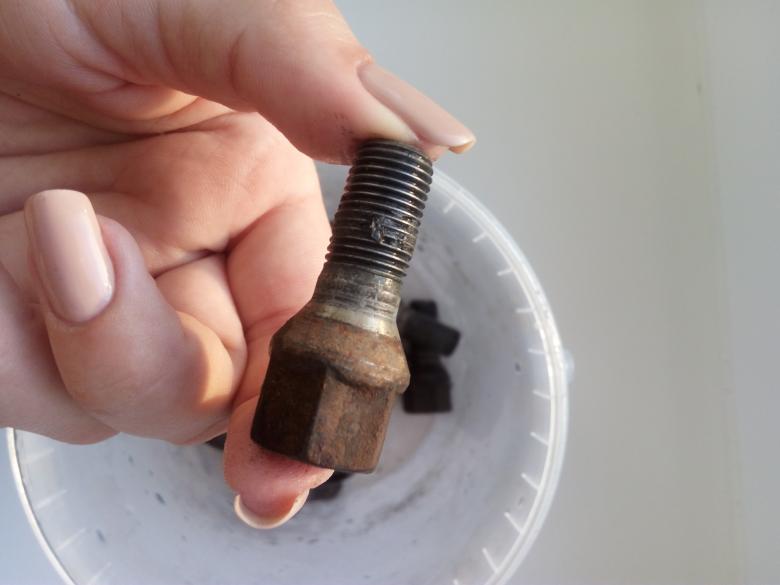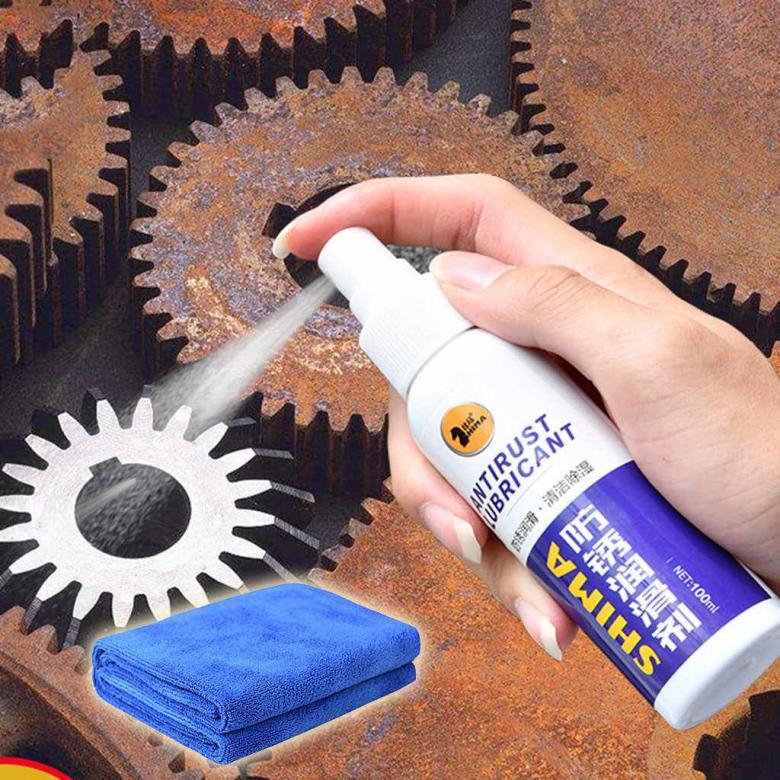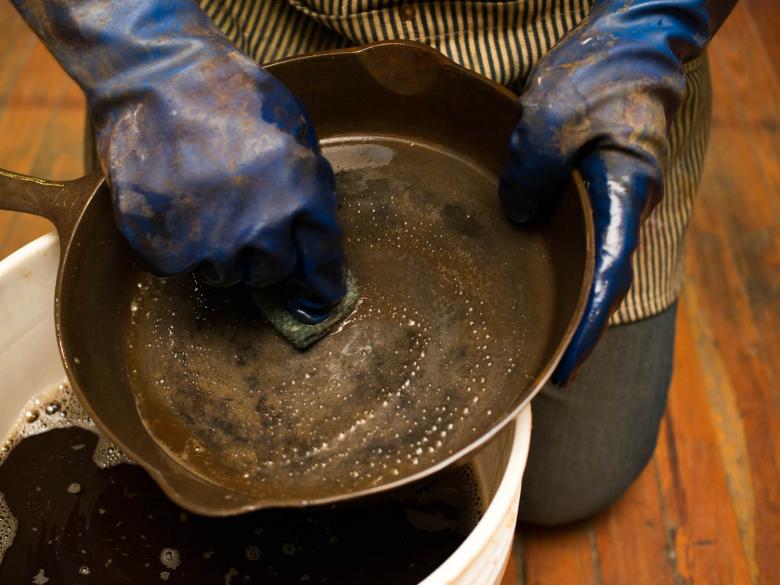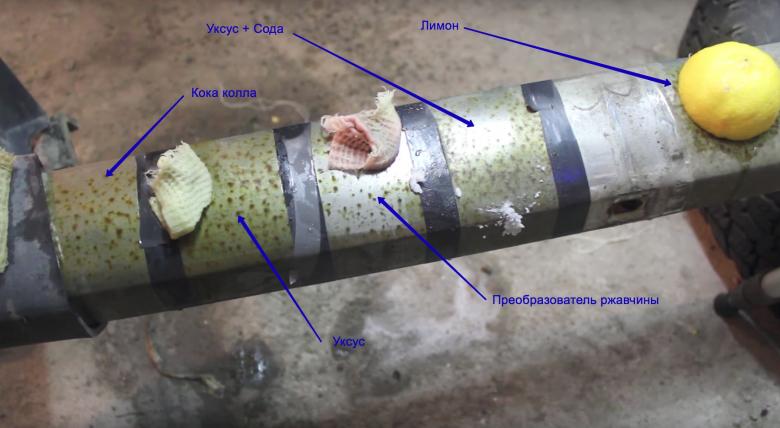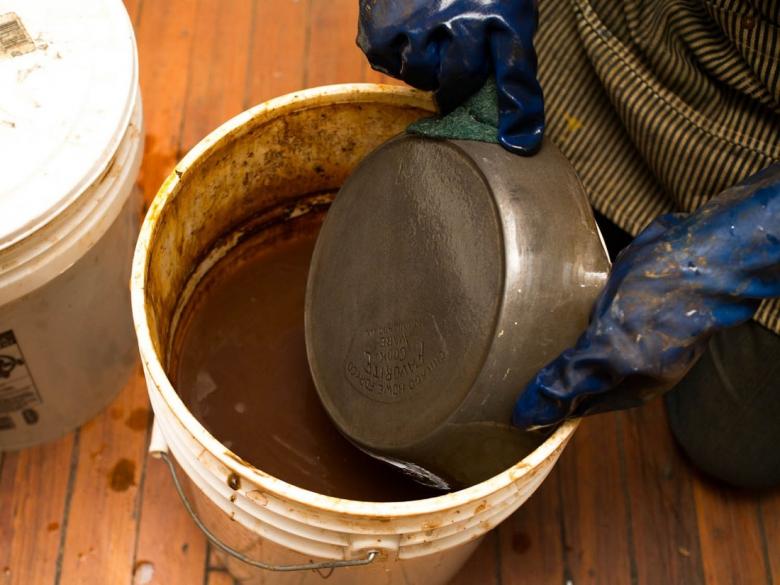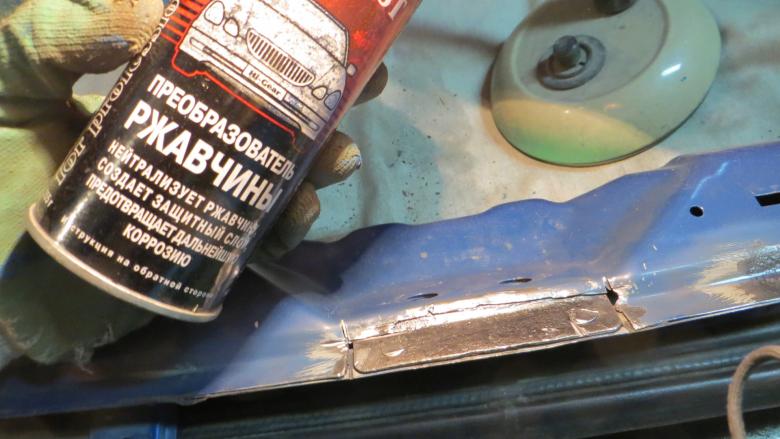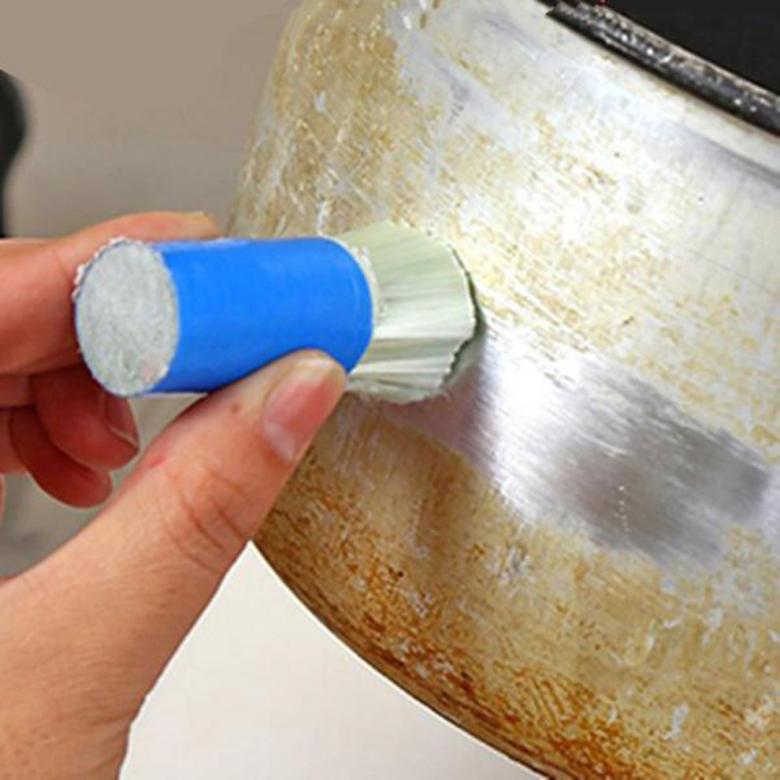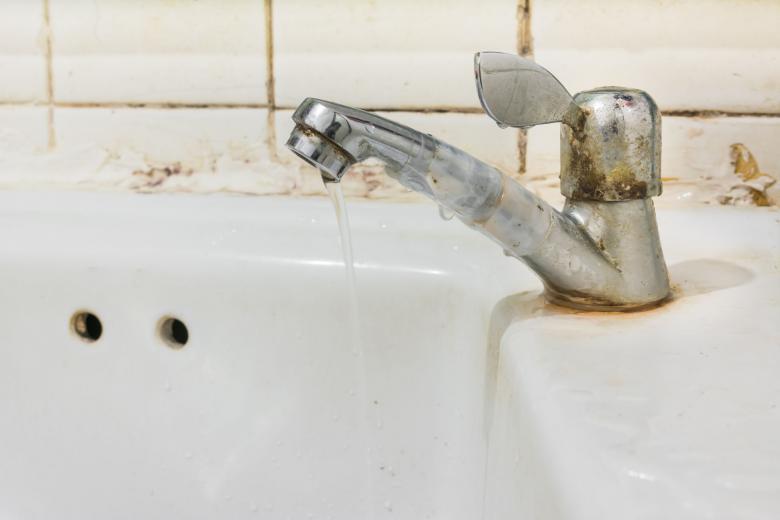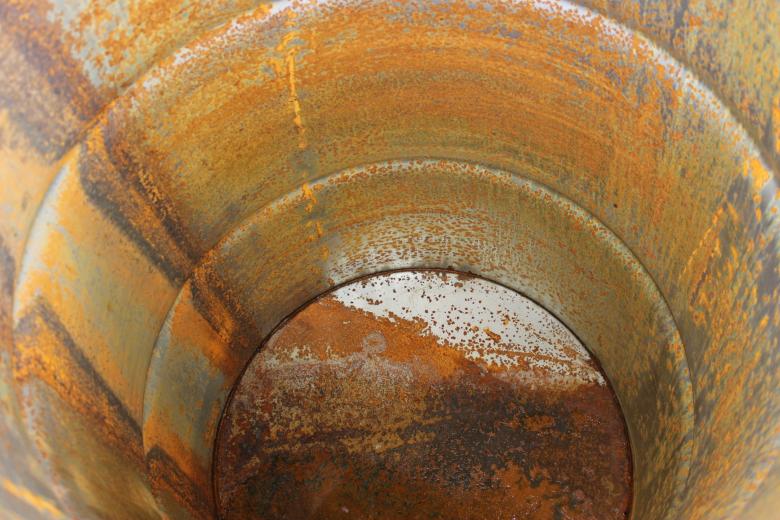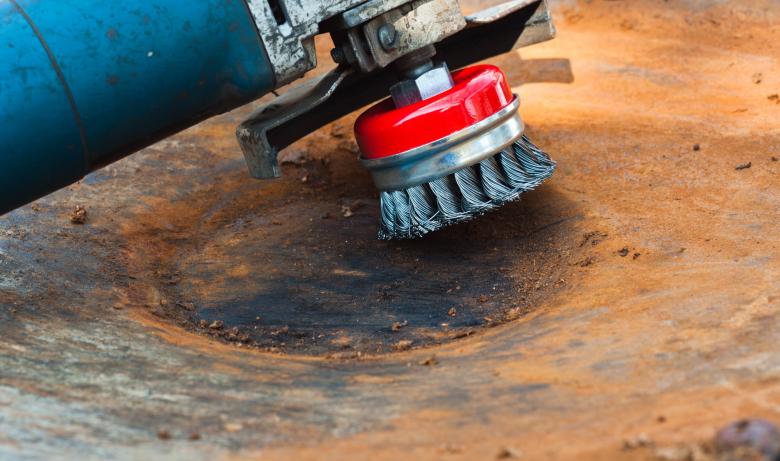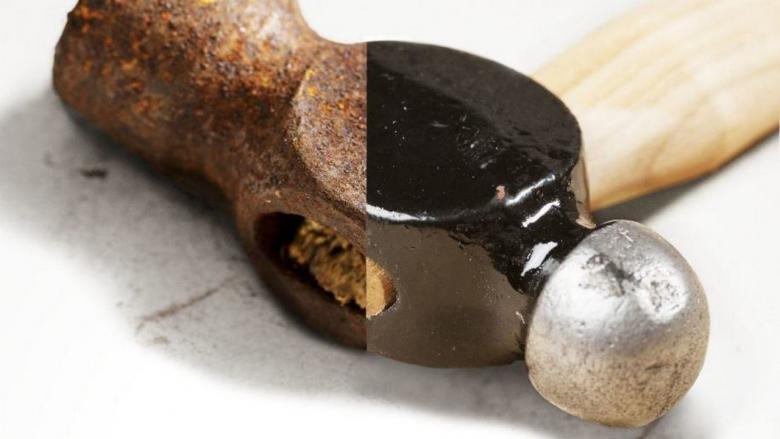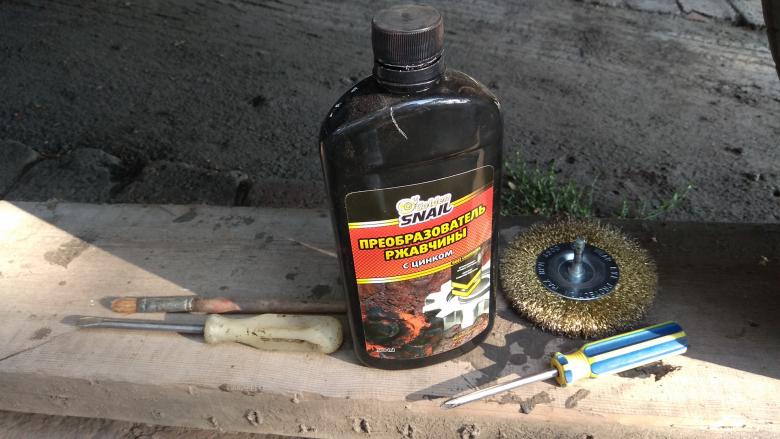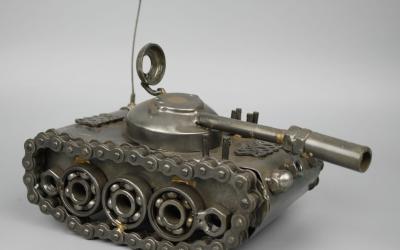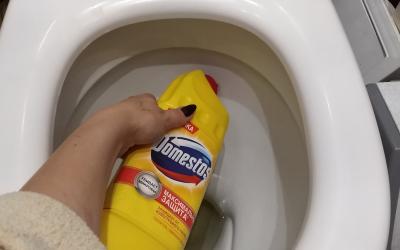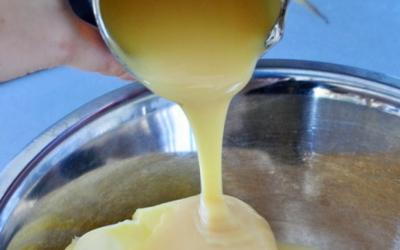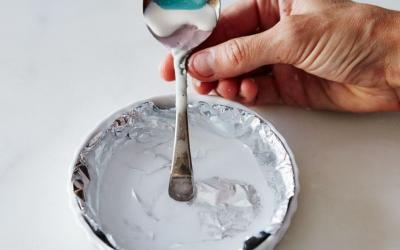How to clean rust from metal with home conditions, causes of appearance and prevention methods
The appearance of rust on metal indicates improper use and insufficient protective coating of the surface of the product. It creates a negative external perception and can reduce the performance or completely disable the mechanism.

In most cases it is convenient to get rid of corrosion by yourself. However, not everyone knows how to clean rust from metal, so it is worth considering this issue in detail. But first we need to understand why rust appears?
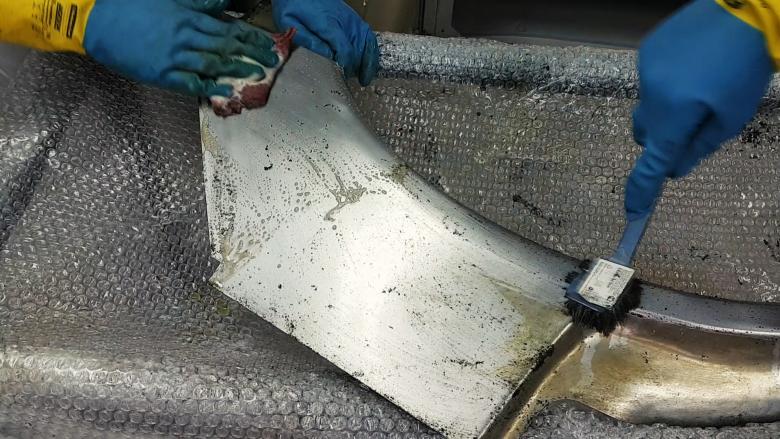
Why does metal get rusty over time?
Metal corrosion develops as a result of an oxidative reaction under the influence of moisture or dampness. Gradually, the metal surface becomes visibly deformed and the crystal lattice disintegrates into separate elements. But other causes of this chemical process are known:
- Chipping of the paint layer. If the surface is completely insulated with quality paint, then rust cannot form, because there is no contact with moisture. But gradually this protection is warped or partially, deteriorates, which creates the conditions for the formation of corrosion;
- Scratches. If the surface appeared deep cracks formed by some powerful impact is an excellent basis for the development of metal disease;
- No anti-corrosion coating has been applied. Sometimes due to lack of time, specialists are negligent about the treatment of metal. They cover it with paint, but it is not enough in an aggressive, humid environment. Therefore, there is a rust buildup.
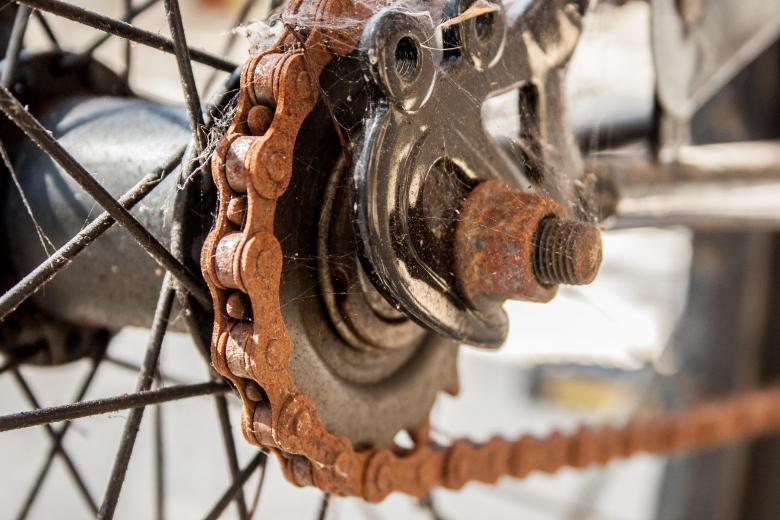
It is clear that even fulfilling all the requirements to protect metal from rust does not guarantee the absence of this trouble. Over time, if there is no knowledge on the subject will have to deal with how to clean the rust from the metal at home. Therefore, consider effective ways to combat this problem in a timely manner before the complete failure of the metal mechanism or body.

How to get rid of rust at home
Typically, rust appears at home in areas with open access to water - bath, kitchen. It is noticeable on water faucets, chains or fixture point, metal pipes.
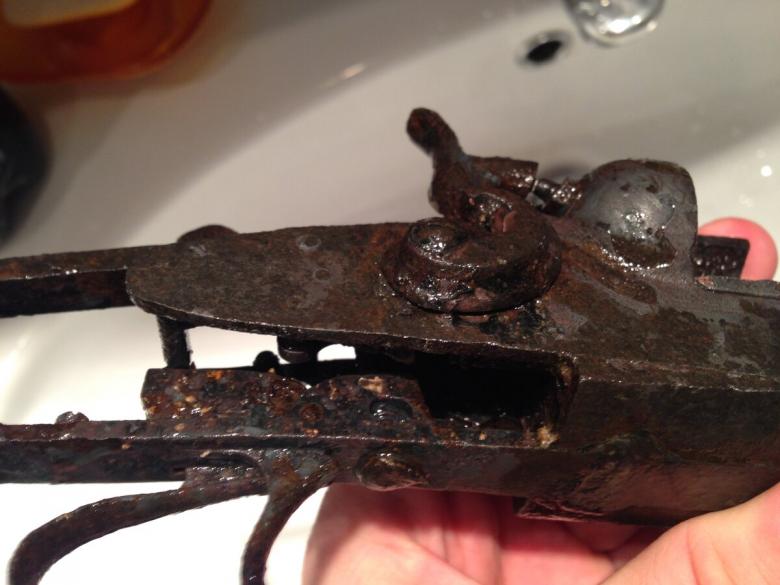
Although recently plastic pipes have been used more often to solve this problem, metal is still popular. It is used to create door hinges, gates. The latter can make a creaking sound when opening - yes the reason is due to rust. In addition to discomfort, it will quickly ruin the product. Enough arguments to explore ways to get rid of rust on metal? Then let's get to the bottom of it.
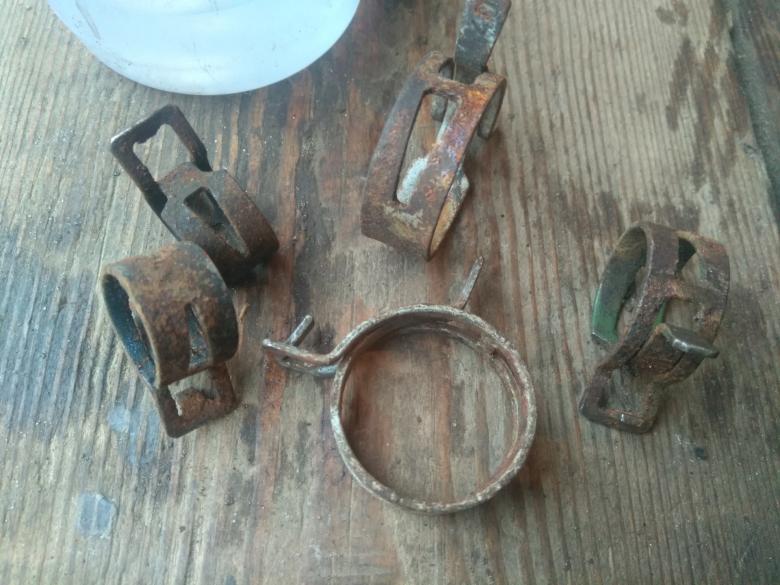
If the corrosion has just begun to appear on the metal, it is easy to get rid of it with a sponge with a scraper, sandpaper or grinder. But in the case of the formation of deep lesions on the basis of hard-to-reach places, then without chemical solutions will not be able to fix it.

As a result of a trip to a hardware store, you can arm yourself with special means for the radical removal of harmful formations. Although many folk methods have been created. The latter are worth considering in more detail:

Vinegar
Acetic acid can be found in every home. However, this time will require a certain concentration and accompanying tools:
- Table vinegar having a concentration of 7-9%;
- A deep container;
- A tainted toothbrush.

The vinegar is poured into the container and the metal object is placed there, so that the liquid covers it completely. After a few hours, or better, 24 hours, rust separation will be noticeable. The product is rinsed with plenty of water. If there is any corrosion left, it is cleaned with a toothbrush. The surface is wiped with a rag until it is completely dry.
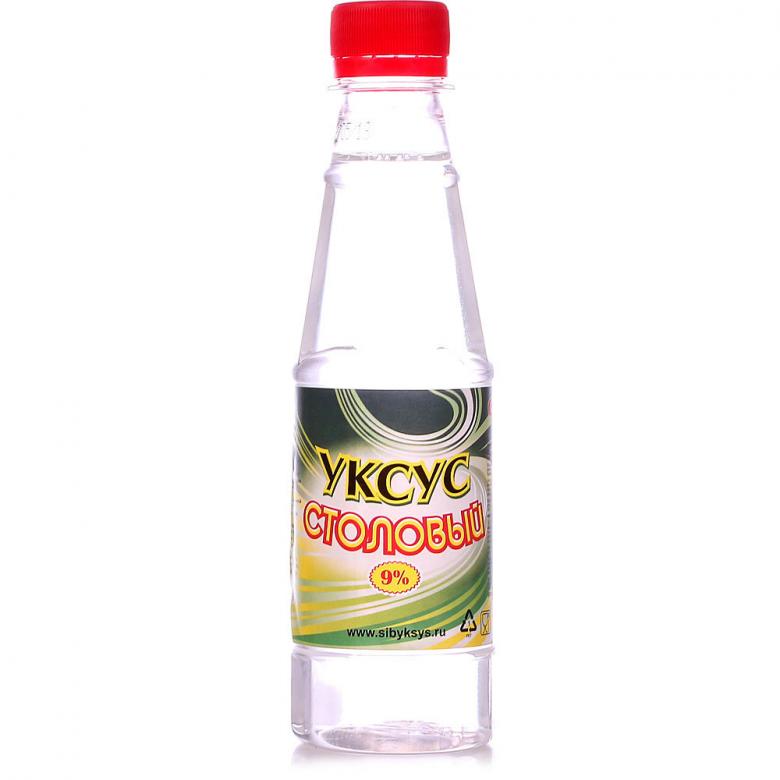
If it is not possible to put the rusted object completely into a container, then a piece of cotton cloth is used. It is soaked in vinegar to wrap the item and leave for the same period of time. Residual rust is removed with a damp cloth. It is wiped dry with a cloth.

Citric Acid
Helps to quickly, effectively fight rust. For this you will need:
- A little citric acid;
- Water;
- A large basin or other container.

In a container mix 30 grams of citric acid with a liter of heated liquid. Similarly, the product is placed in water or wrapped in a cloth soaked in a solution beforehand. Let it stand for several hours or days. Cleaned by running streams of water. If necessary, clean with a sponge or brush.
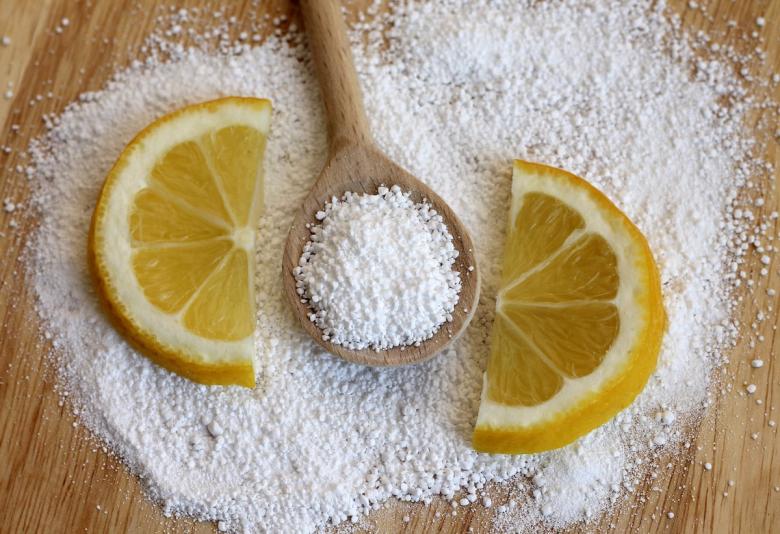
Tip: Citric acid can be painlessly replaced with the juice of half a lemon. This is an effective anti-corrosive, so it is widely known and, often, used at home.

Soda + water
If the rust has affected the metal in a hard-to-reach place, then it is better to rely on this method. The following ingredients will be required:
- Baking soda;
- Heated water;
- A brush or thick sponge.
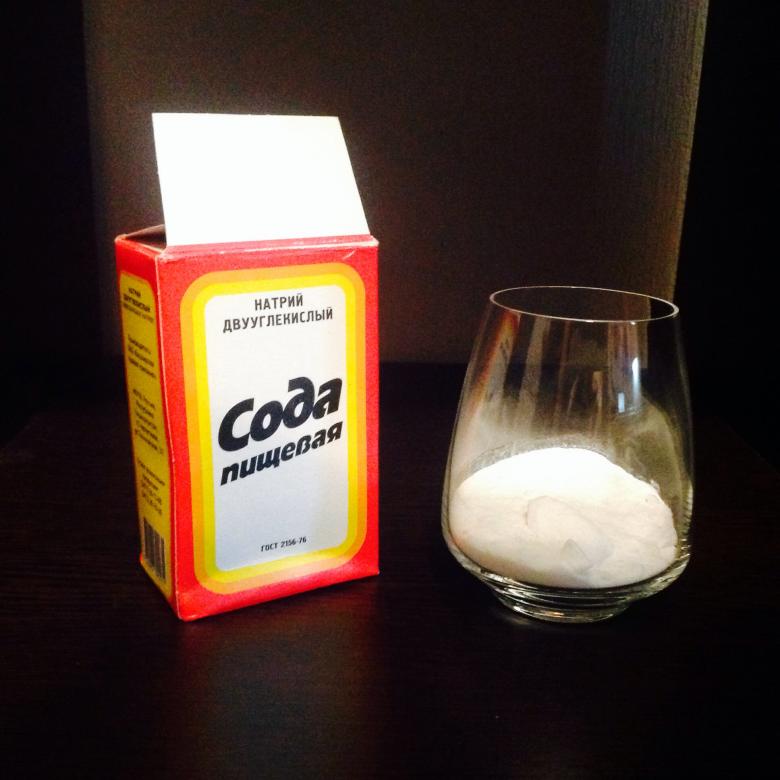
The baking soda is mixed with water until it forms a thick mass. The composition is applied to the corroded areas. After a short period of time, the spots to be cleaned are brushed or sponged with a brush or sponge. When finished, the surface is washed with water, the soda residue is cleaned and the metal is wiped dry.
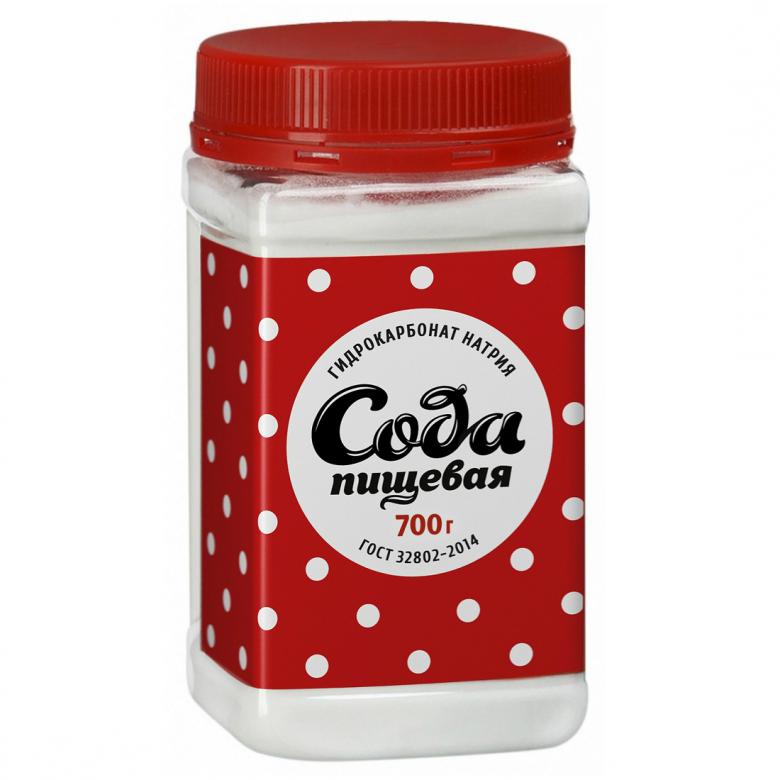
Getting rid of rust by electrolysis
Many people have heard about the miraculous method. But few people know how to clean metal from rust by electrolysis, because it is not a simple method that requires special knowledge. But if you get it all figured out, then it can be an effective assistant in the fight against corrosion. In this case, you don't have to wield a brush and it can replace sandblasting. What's the point? As an example, a car disc covered with rust is used:
- Many people use a grinder, a brush, but this will require 1-2 hours of hard physical labor. You can go the way of the lazy with an advanced knowledge of physics and chemistry.
- A rubber basin or other dielectric container is used. The main thing is to be able to put a metal disk in it.
- An electrolyte solution is created. Most often food or calcined soda is used, because it will protect the skin from chemical burns, as in the case of alkalis, it is easier to wash, does not increase the chance of additional corrosion, as happens with table salt, ion chloride, which on the other hand is almost impossible to wash.
- Normal tap water is used.
- You need a DC power supply, alternating currents are not an option - this is a basic prerequisite. 12-24 volts with the possibility of regulation and additional indication of current is suitable. You can use the charger or power supply from a personal computer. A battery charger is often used. It has an indication of current, voltage and is equipped with a stepped control option.
- A positive electrode-anode is used. A good material is considered to be stainless steel. For replacement is suitable ferrous metal. But the electrode on the basis of ordinary steel is a bad option, because it quickly dissolves.
- Water is poured into the container. A solution is created. The amount of soda is added on a case-by-case basis, depending on the shape of the product, the distance between the electrodes and the power of the voltage.
- Fastening from the source to the workpiece is carried out. Fastening with a bolt or clamp is allowed. The main thing is to have a good contact.
- The electrode must cover the entire area of the product. Otherwise it will have to be turned over. In practice, this is what happens, because it is very difficult to cover the entire piece at once.
- The anode is dipped into the solution. But it should not come into contact with the part. There must be a gap left filled with the solution.
- A power source is turned on. The process begins. Liquid is beginning to boil in the tank. Depending on the conditions it will take 1-3 hours.
- You can speed up the process. But it is better to wait, so as not to burn the part. A voltage of 10-15 A is suitable.

After completion, the surface is cleaned with a tin brush. If there is any rust left somewhere. The process is repeated until complete cleaning.

Now we have considered enough ways to clean the metal from rust. Each of them will suit one case better than the other. But the reader has received enough knowledge that can be used at home. That's why he's armed to fight corrosion.


